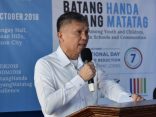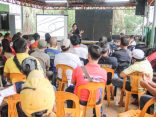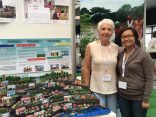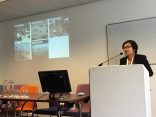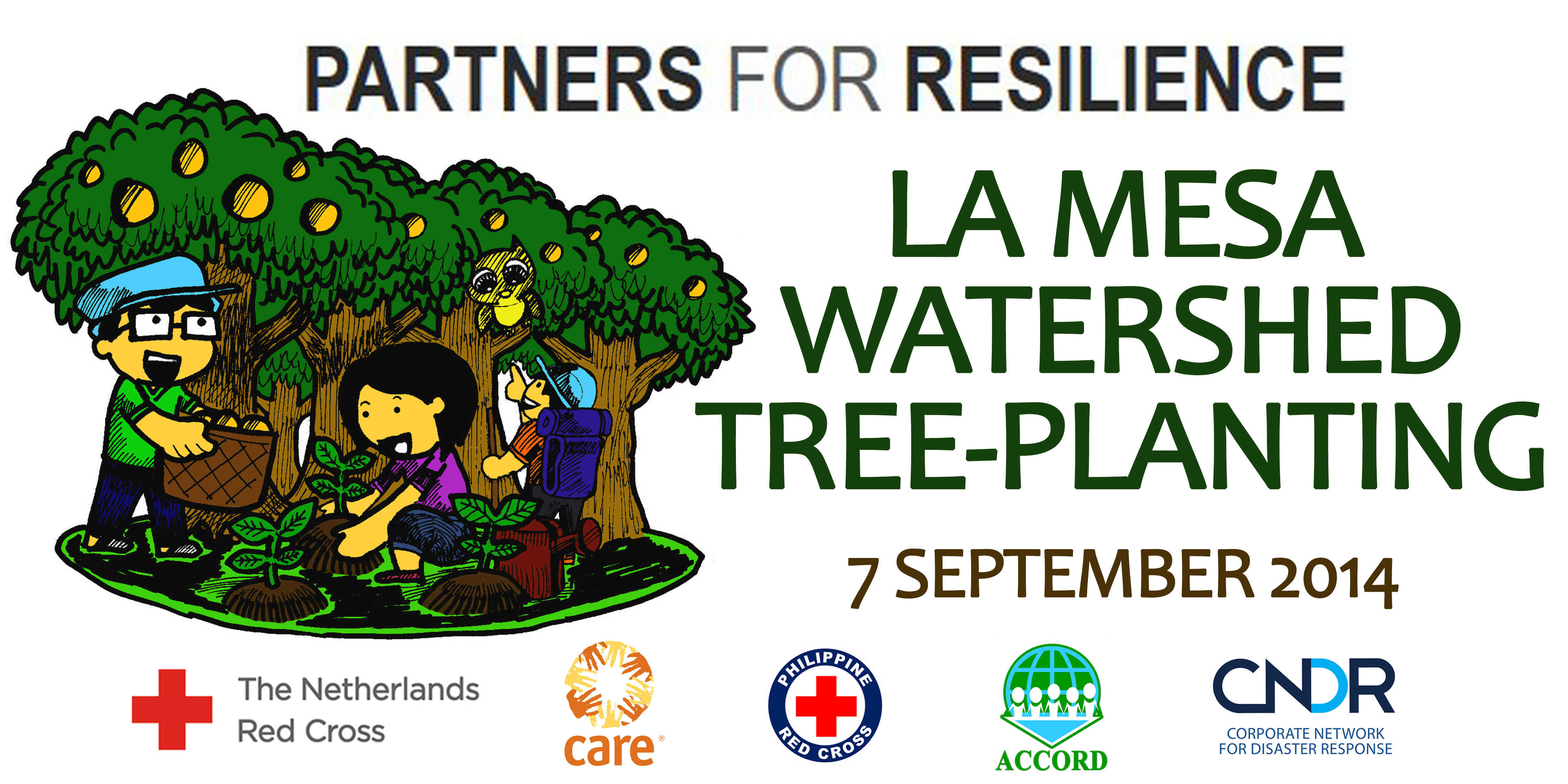 Malabon City — Tired of flooding, residents and community leaders from Barangays Potrero and Catmon in Malabon with Barangays Balangkas and Tagalag in Valenzuela are now looking to plant the seeds of long-term, improved flood mitigation by participating in the “Protect-a-Hectare” program of the La Mesa Watershed this Sunday, September 7. It is part of a broader campaign of building resilient communities through climate-proof and ecosystem-based disaster risk reduction (DRR-CCA-EMR).
Malabon City — Tired of flooding, residents and community leaders from Barangays Potrero and Catmon in Malabon with Barangays Balangkas and Tagalag in Valenzuela are now looking to plant the seeds of long-term, improved flood mitigation by participating in the “Protect-a-Hectare” program of the La Mesa Watershed this Sunday, September 7. It is part of a broader campaign of building resilient communities through climate-proof and ecosystem-based disaster risk reduction (DRR-CCA-EMR).
Malabon City — Tired of flooding, residents and community leaders from Barangays Potrero and Catmon in Malabon with Barangays Balangkas and Tagalag in Valenzuela are now looking to plant the seeds of long-term, improved flood mitigation by participating in the “Protect-a-Hectare” program of the La Mesa Watershed this Sunday, September 7.
The “Protect-a-Hectare” tree-planting activity is sponsored by Assistance and Cooperation for Community Resilience and Development (ACCORD), CARE Nederland, Corporate Network for Disaster Response (CNDR), Philippine Red Cross and Netherlands Red Cross through the Partners for Resilience: Climate-proof Disaster Risk Reduction Programme (PfR Programme). It is part of a broader campaign of building resilient communities through climate-proof and ecosystem-based disaster risk reduction (DRR-CCA-EMR).
DRR-CCA-EMR recognizes the effects of climate change and environmental degradation in increasing the vulnerability of communities to natural hazards. For Potrero and Catmon, flooding along the riverbanks of the silted Tullahan River is a major concern, one that has had negative effects on the residents. While Tagalag and Balangkas in Valenzuela, even if they are not directly along the Tullahan River, floodwater almost always remains stagnant in their barangays following the overflow of the said river.
The tree-planting activity hopes to show the communities how they can expand their flood response programs beyond their current localized clean-up drives and flood-control infrastructures. Through the protection and rehabilitation of upstream ecosystems such as the La Mesa Watershed, downstream communities can actively participate in building their own resilience.
Merdi Jean Arcilla of ACCORD, one of the implementers of the PfR program in the Philippines, says that, “programs based on DRR-CCA-EMR are very cost-effective and community-friendly. Affected communities spend less on flood infrastructure, rescue operations, and emergency response, while empowering them to create more programs tailor-fitted to their specific needs and capacities.”
The PfR tree-planting activity is done in partnership with the La Mesa Watershed Nature Reserve. The planting site was chosen to emphasize the importance of the watershed ecosystem to residents of Metro Manila. The Watershed is known as the “lungs of Metro Manila” for its carbon emission absorption while also acting as a natural filter for the water that flows into the La Mesa Dam.
After planting trees, the PfR organizations will also commit to take care and protect the hectares they have planted in for the coming years.
The PfR program is a five-year global project of CARE Nederland, Red Cross/Red Crescent Climate Centre, The Netherlands Red Cross, CordAid, and Wetlands International. It is funded by the Netherlands Ministry of Foreign Affairs and operates in 9 countries across Asia, Africa, and Central America.

